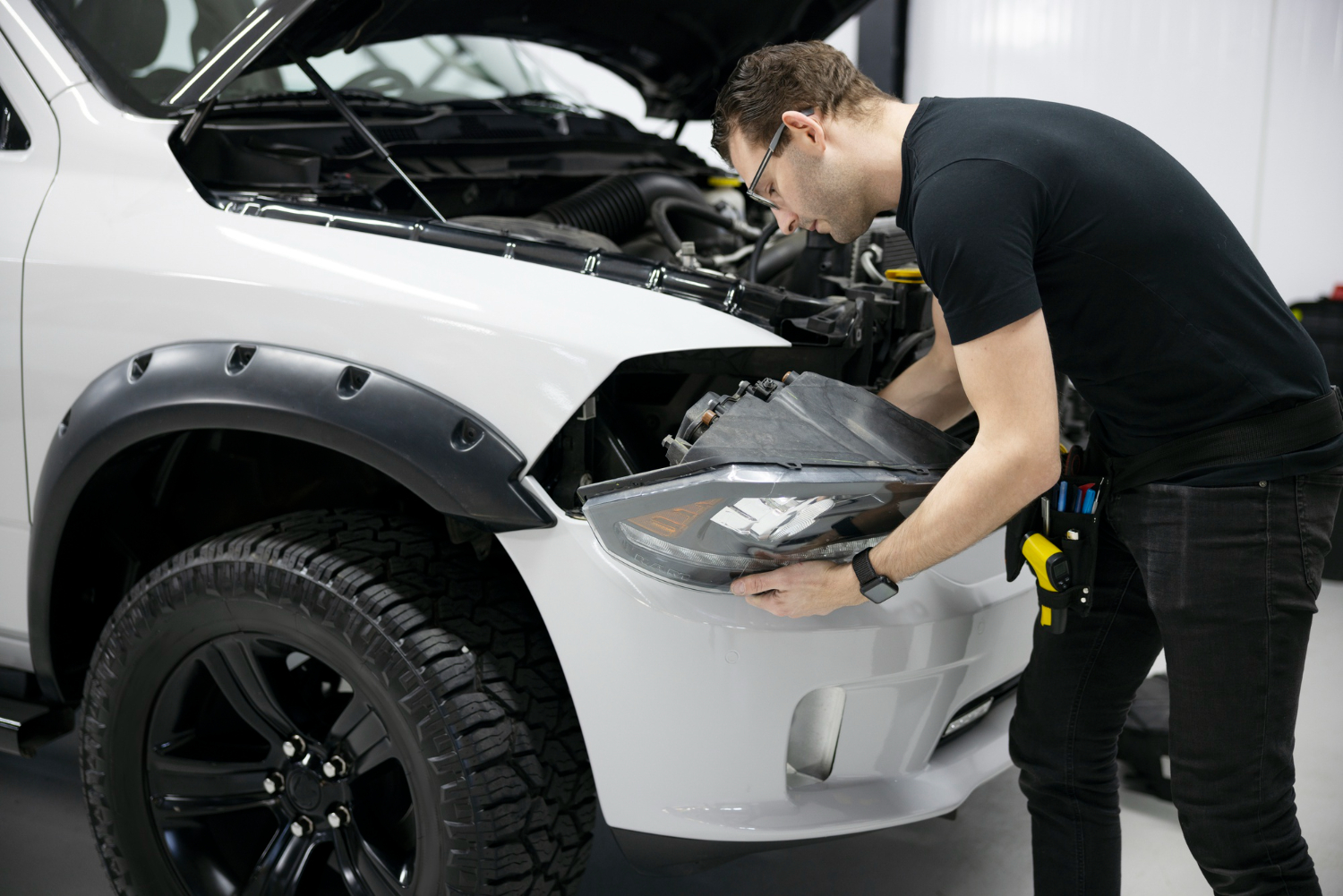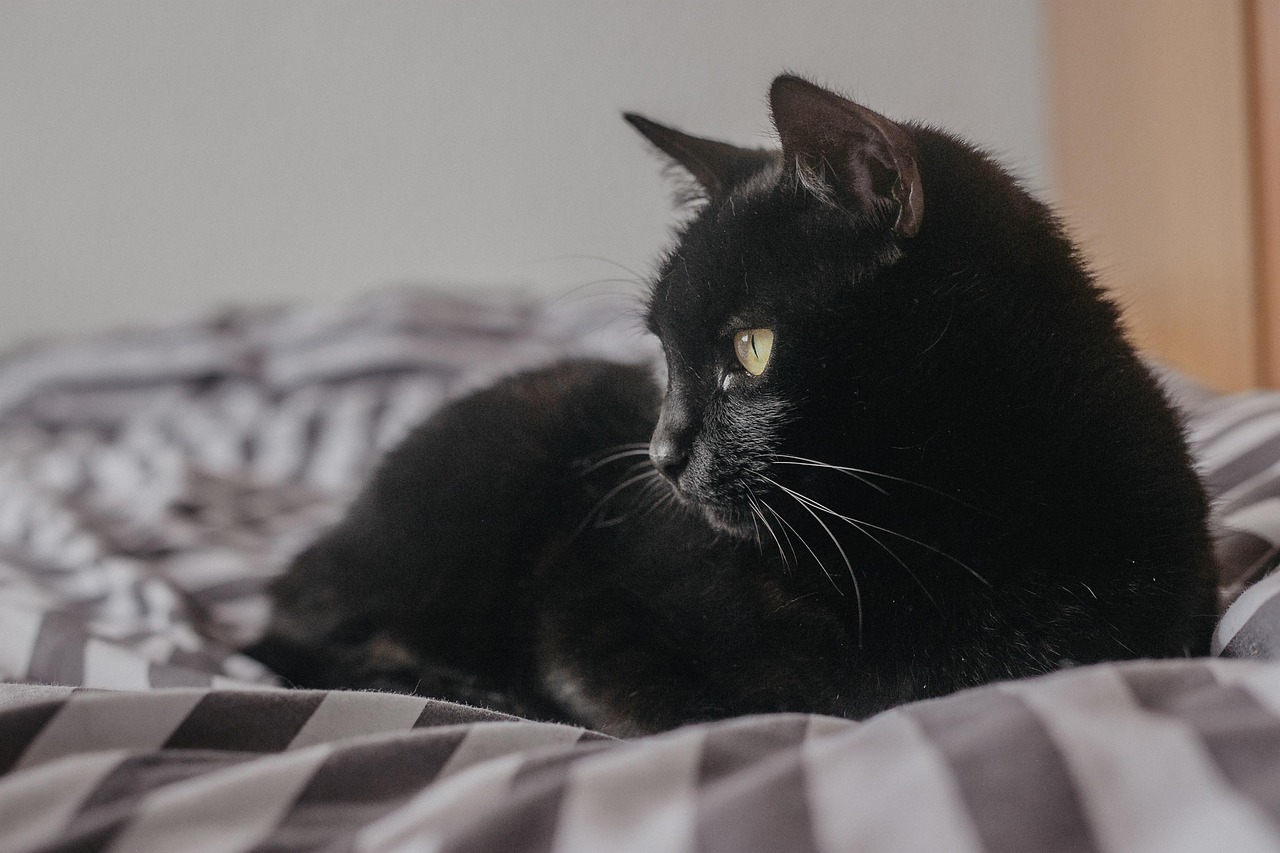Car culture thrives on details, but borders change the rules. A clean bumper in Amarillo becomes a reason to stop a car in Texarkana. A helpful radar detector in Raleigh is contraband in Richmond. Even winter hardware, useful on icy county roads, can trigger a ticket minutes later. Here’s the thing: neighboring states often prioritize different risks, from glare and visibility to emissions and road wear. What this really means is that the same build can roll legal at noon and illegal by 1 p.m., just by crossing a sign.
Radar Detectors Legal Here, Illegal In Virginia And D.C.
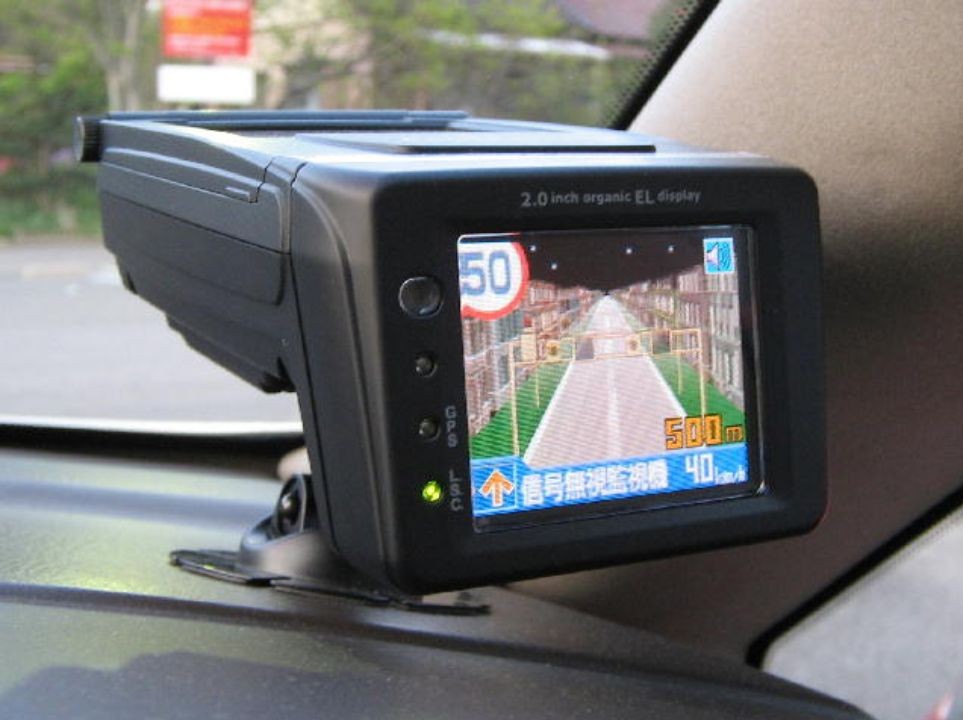
Most states allow radar detectors in passenger cars. Virginia and Washington, D.C. do not, and the ban covers possession in a vehicle on public roads, powered or not. Cross the Woodrow Wilson Bridge with a detector on the windshield and it becomes a citable offense with potential confiscation. Commuters learn to stow or remove units before the state line, while the same dashboard setup is routine in nearby Maryland.
Front Plate Delete Legal In Oklahoma, Ticket In Texas
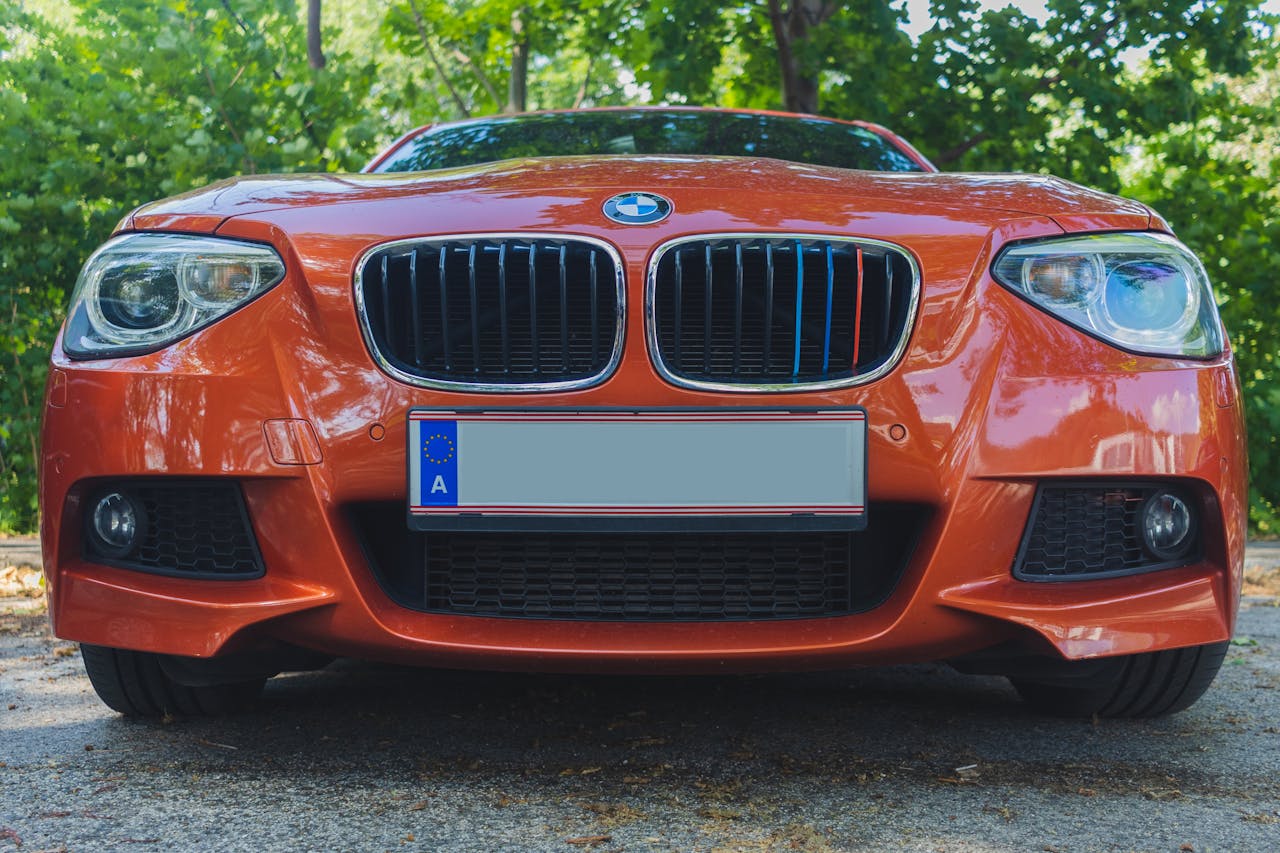
Oklahoma issues a single rear plate to most passenger vehicles, so a smooth front bumper is legal and popular with show builds. Drive south into Texas and the rule flips. Texas requires two plates on most vehicles, and missing the front is a standalone stop that can lead to additional citations. The design choice that looks tidy in Lawton invites attention in Wichita Falls, even if everything else on the car checks out.
Subtle Front Tint Allowed In Pennsylvania, Banned In New Jersey
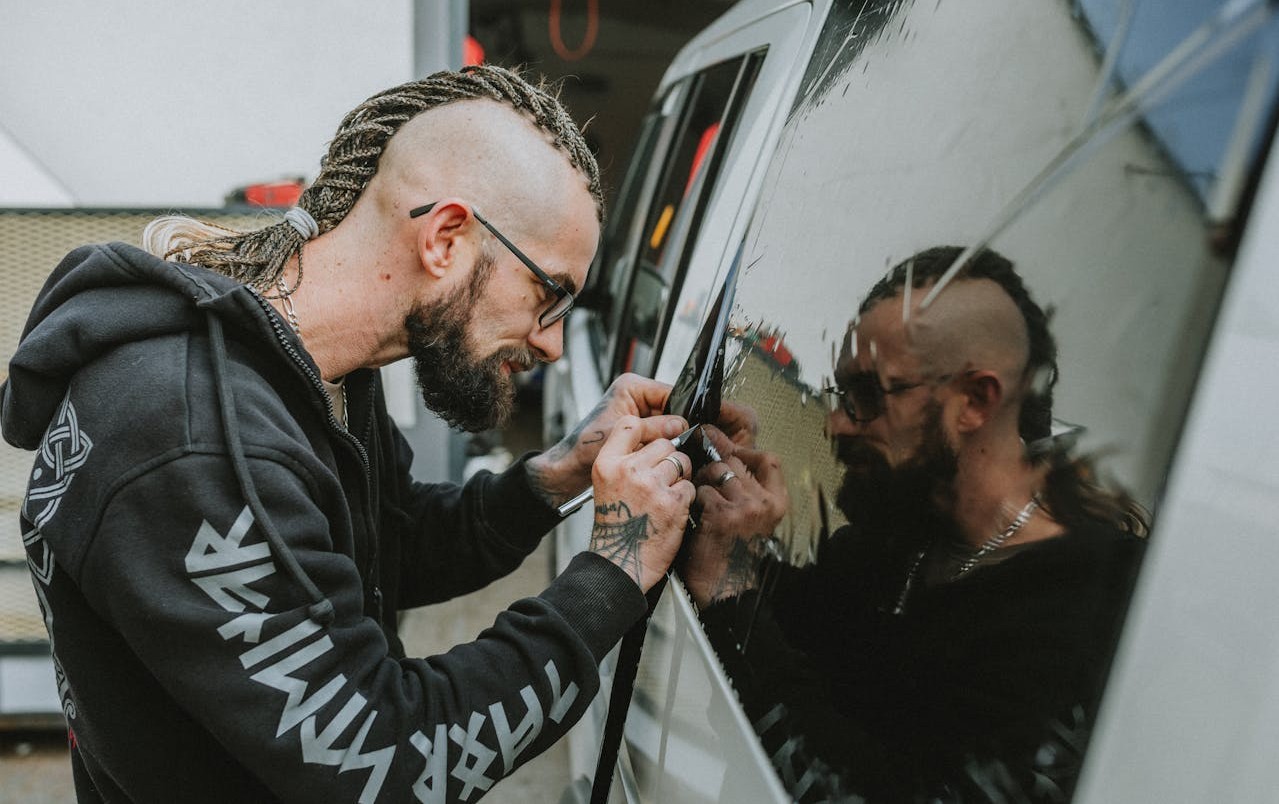
Pennsylvania permits light tint on front side windows for passenger cars when total visible light transmission meets the state’s 70 percent threshold. New Jersey prohibits aftermarket material on the windshield and front side windows, with medical exemptions handled separately. A commuter car that passes inspection in Easton can draw a stop a few minutes later in Phillipsburg, despite identical glass and film. Border towns know this rule by heart.
White-Only Underglow In New York, Practically No Underglow In Connecticut
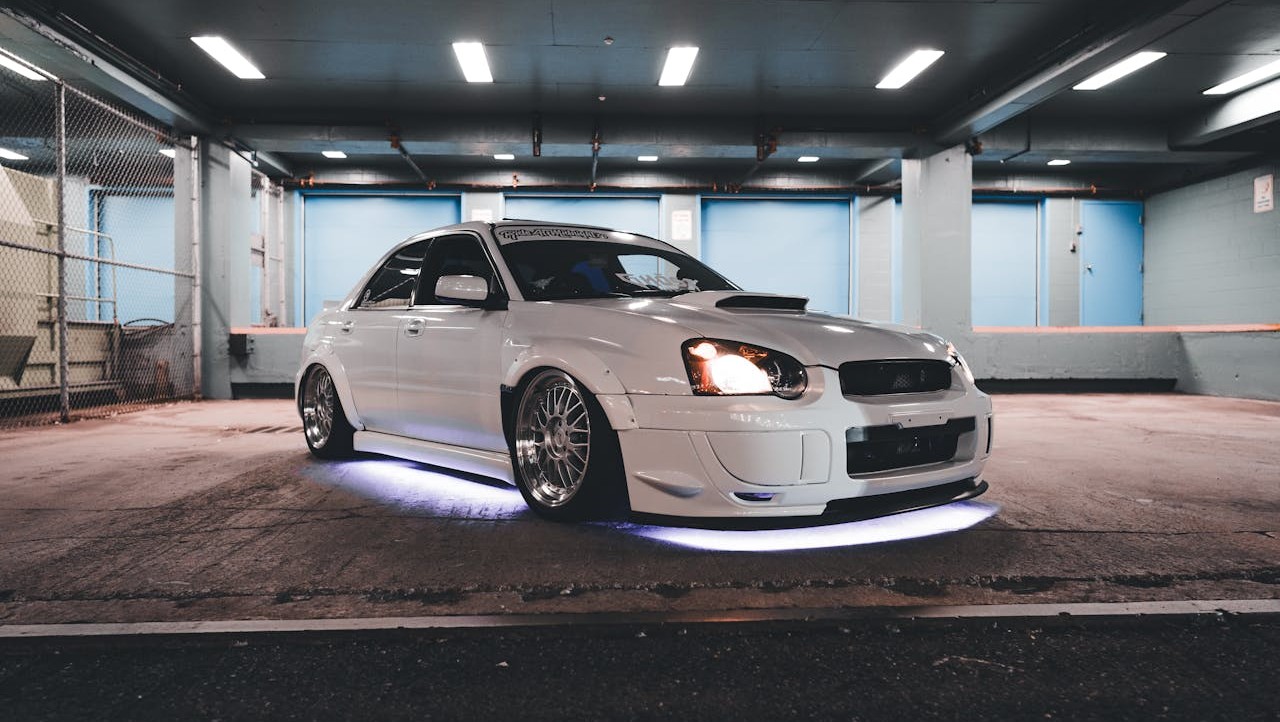
New York allows nonflashing, nonoscillating white underglow that avoids emergency colors. Connecticut takes a stricter line by limiting colors and prohibiting decorative flashing, which effectively shuts down most underglow kits seen on cruises. A tasteful white glow that turns heads in Yonkers can attract a traffic stop a mile into Greenwich, even at parking-lot speeds. Builders who drive the border often just keep it off.
Exhaust Volume Capped In California, No Statewide Number In Arizona
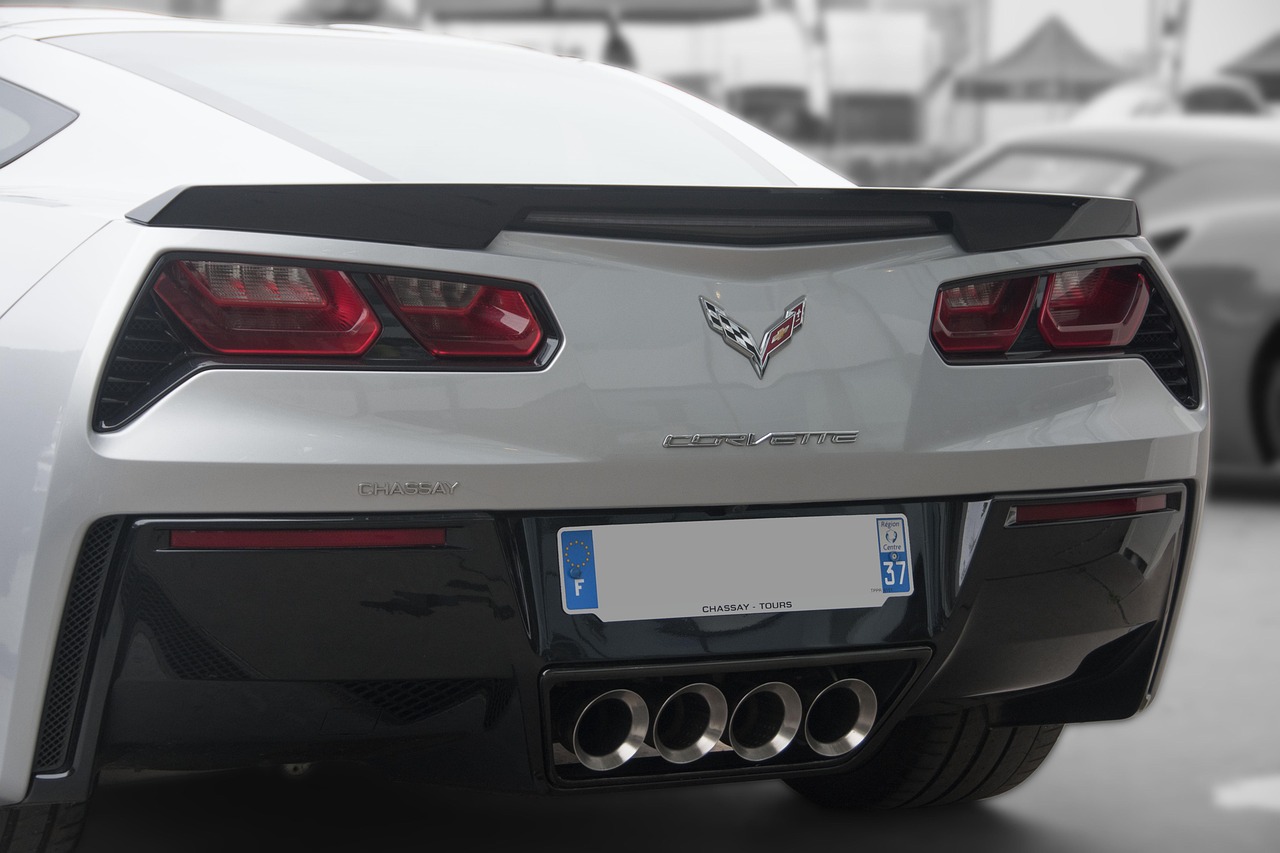
California enforces an equipment standard that treats passenger vehicles as compliant at 95 dBA when tested under the current SAE procedure. Officers can refer modified cars for a test if volume is in dispute. Arizona requires a working muffler and bans cutouts but sets no statewide decibel number for typical passenger vehicles. A track-friendly system that cruises legally in Yuma can fail in El Centro the same afternoon.
Studded Tires Seasonal In Indiana, Generally Prohibited In Illinois
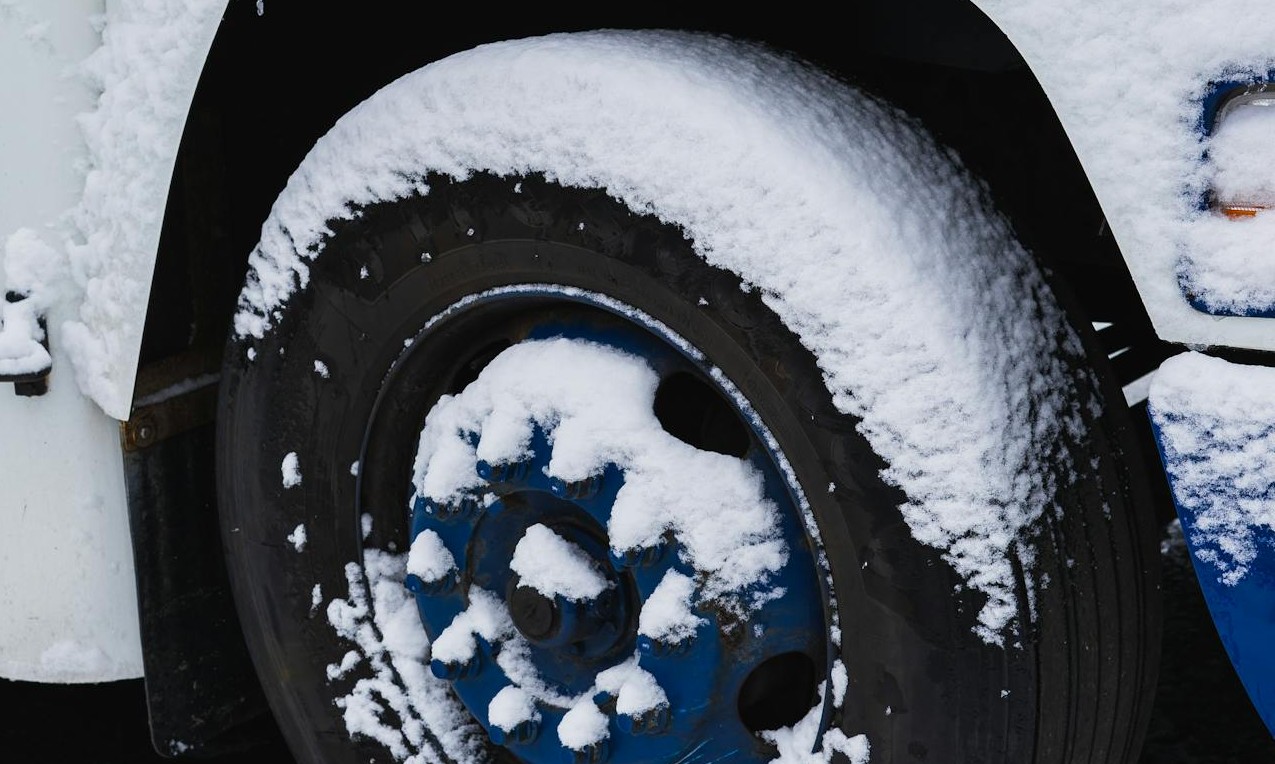
Indiana clearly posts a winter window for metal studs from Oct. 1 to May 1, which suits icy rural routes and lake-effect weather. Illinois generally prohibits studs for ordinary drivers, carving out narrow exceptions such as rural mail carriers and certain disability plates. The same snow belt, two approaches. Drivers who work both sides of the line often keep a second wheel set ready.
Off-Road Light Bars Covered On California Highways, Uncovered Allowed In Arizona

California requires roof or roll-bar off-road lamps to be covered on highways and limits how auxiliary lamps can be used with headlamps. Arizona focuses on mounting height, count, and glare control, without a blanket cover rule for highway travel. That means an uncovered bar that is fine in Kingman needs opaque covers before the climb to Needles. Trail rules still apply either way.
CARB Executive-Order Parts Required In California, Optional Next Door

Emissions-related aftermarket parts in California need a CARB Executive Order that certifies no increase in emissions under Vehicle Code 27156. Intakes, tuners, and some headers without an E.O. are for off-road or race use only. In Nevada or Arizona, there is no CARB tag requirement, though local emissions tests still apply. The same intake can be fine in Las Vegas but not street legal in Barstow.
Windshield-Mounted Dash Cams Prohibited In Massachusetts, Allowed If Clear In Rhode Island
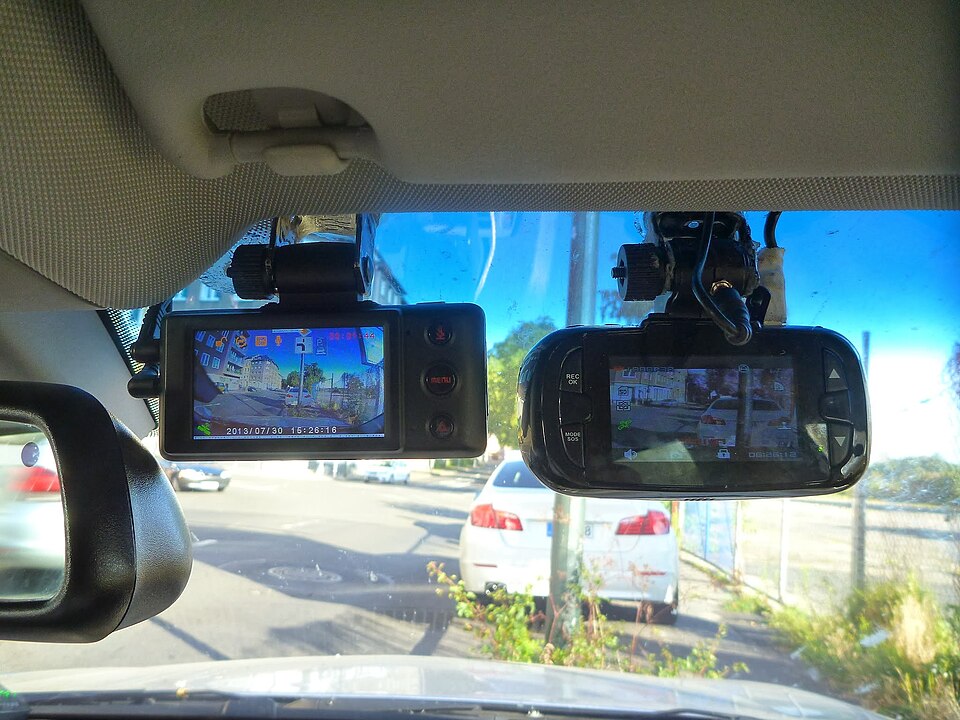
Massachusetts law forbids nontransparent materials on the windshield that obstruct a driver’s view, which sweeps in suction-cup dash cams. Rhode Island polices obstruction too, but the statute frames it around clear view rather than a categorical windshield ban, so discreet placements can pass muster. A mount that earns a fix-it ticket in Attleboro may be acceptable in Providence.
Off-Road Lamps Lit On The Highway Illegal In Pennsylvania
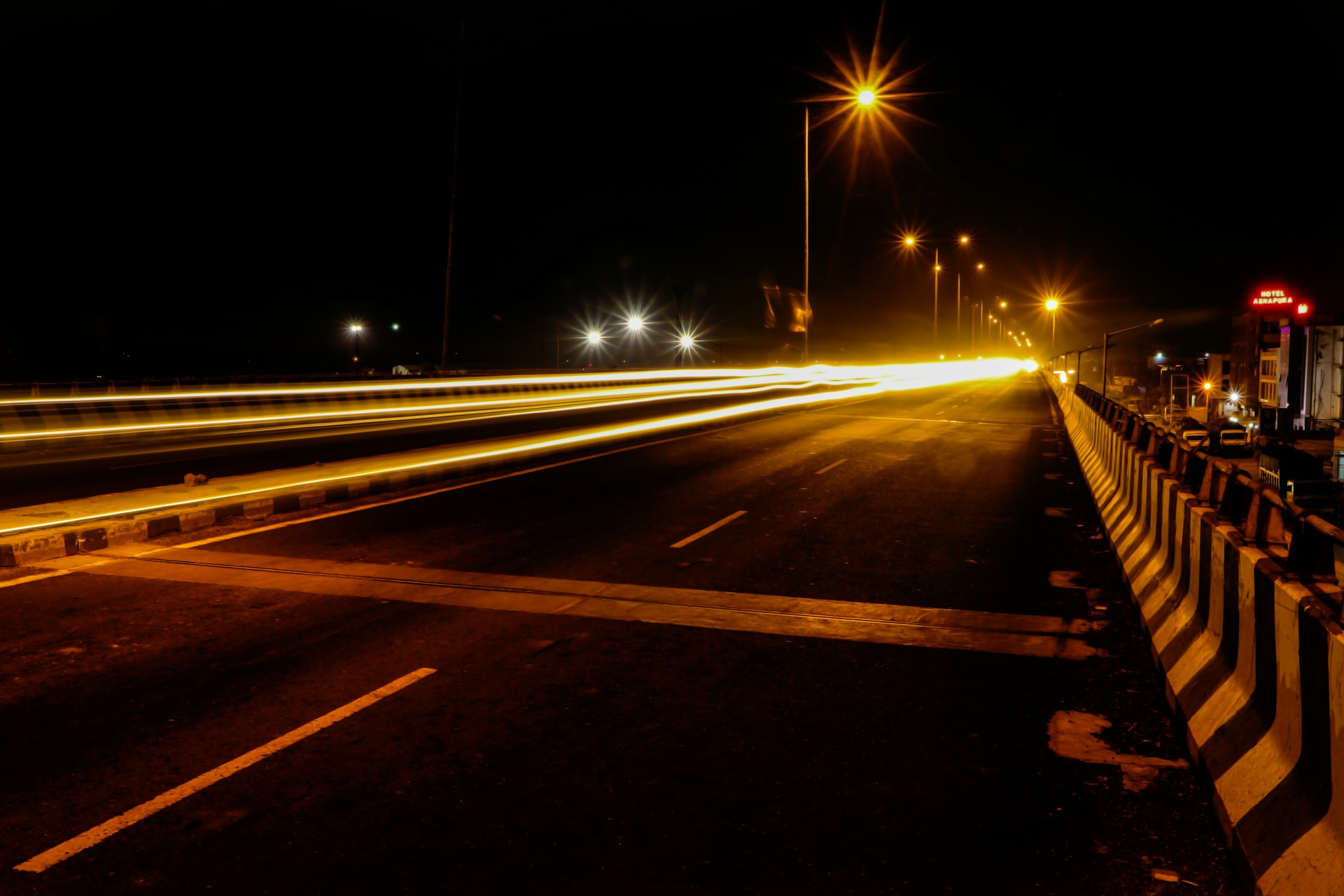
Pennsylvania allows roof or roll-bar off-road lights to be installed, but they must be covered and unlit on highways and trafficways. Illuminating them on public roads is a summary offense with a specified fine. The practical takeaway is simple. Leave the cubes and bars for trails, and keep the covers on while rolling the turnpike. Neighboring states may be looser, but not here.
